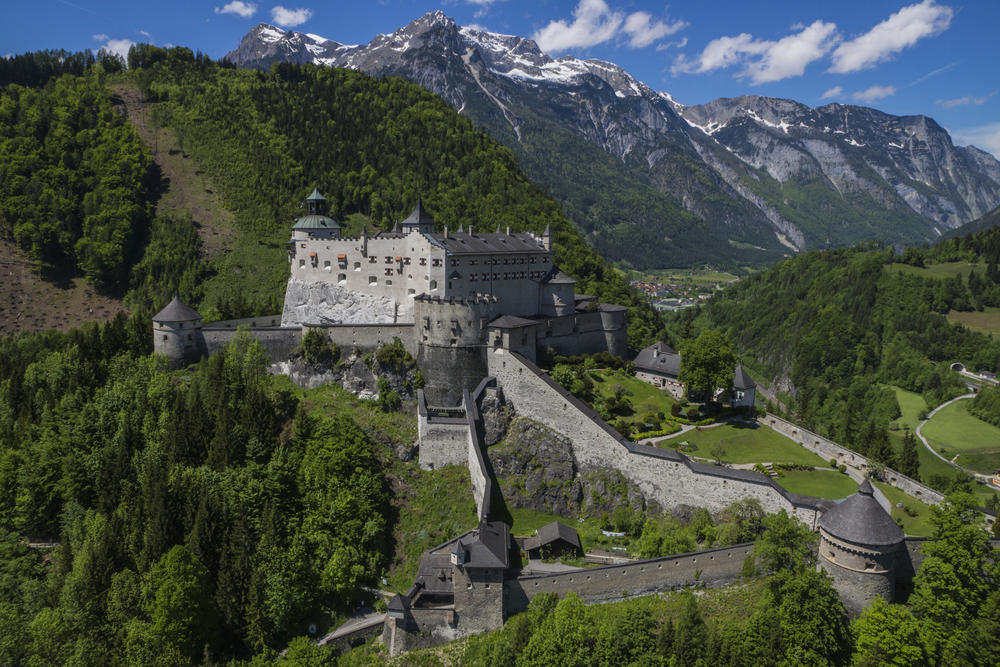


The construction of the Hohenwerfen Fortress was preceded by an unhappy period for the city of Salzburg: due to numerous political unrest and the struggle for investitures, the construction of fortifications proved necessary for the archbishopric and it was Archbishop Gebhard who to have this fortress built in 1077.
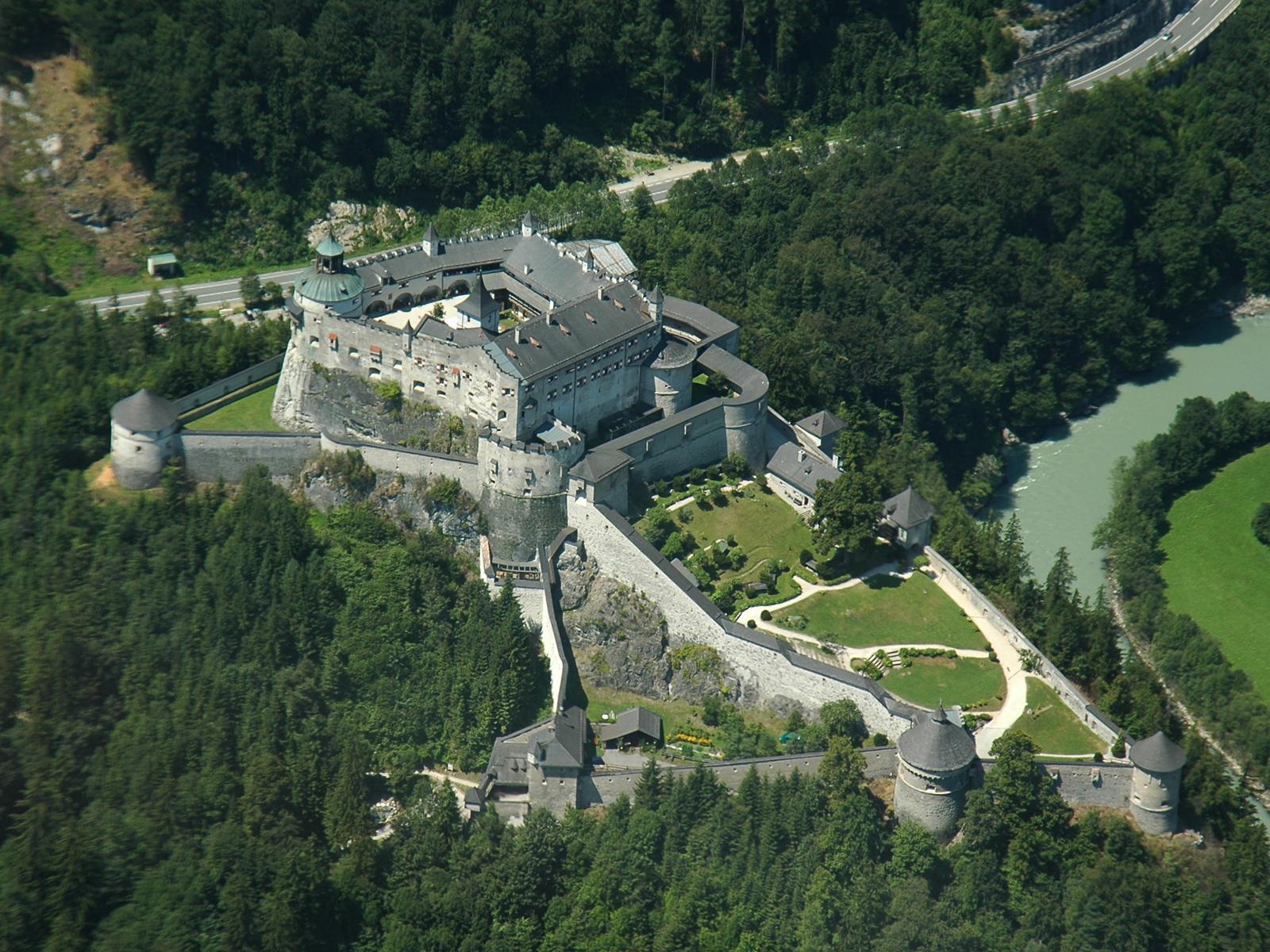
The fortress was built between 1075 and 1078 during the period of the investiture struggle, by order of Gebhard von Helfenstein, Prince-Archbishop of Salzburg, as a strategic control point located on a 155 m natural promontory over the Salzach valley .
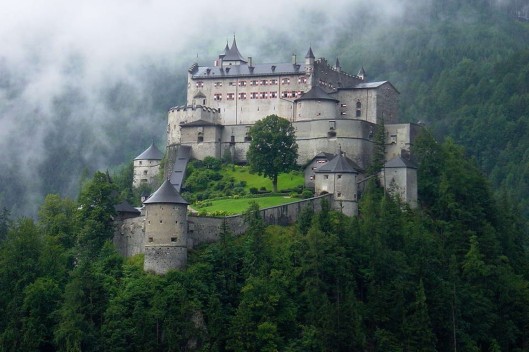
In the Salzburg district of Pongau, a breezy experience awaits visitors to the 900-year-old Hohenwerfen Adventure Fortress. A gentle wind blows from the imposing surrounding mountains on the rocky cone overlooking the Salzach valley, while observing the landscape from the loopholes.

Gebhard, ally of Pope Gregory VII and the antiré Rudolph of Swabia, had three large castles within his archbishopric, which was one of the most exposed from the military point of view to the invasions of King Henry IV: The fortress of Hohenwerfen, that of Hohensalzburg and the Petersberg castle, in Friesach, in the Duchy of Carinthia. Despite the resistance, Gebhard was expelled from his domains in 1077 and could only return to Salzburg in 1086 to die in Hohenwerfen two years later.

In the following centuries Hohenwerfen continued to play a defensive role for the city of Salzburg as a military base and was also used as a hunting lodge for the prince-archbishops. The castle was therefore extended starting from the 12th century and again in the 16th century during the Peasants' War, when it was exploited to fight the hordes of farmers and miners who moved from the south towards the city between 1525 and 1526.
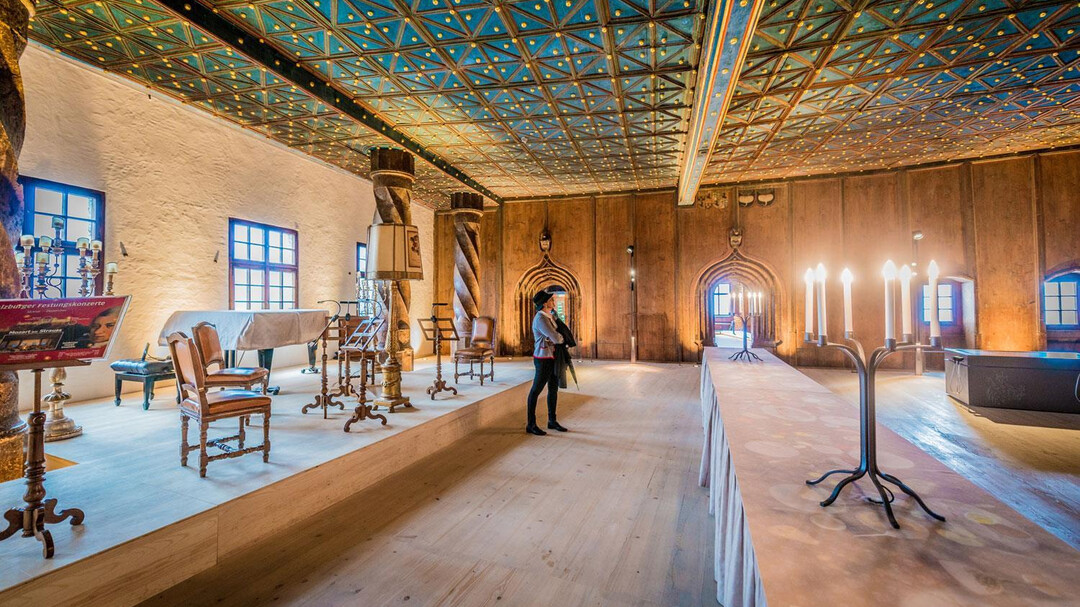
Alternatively, it was also used as a state prison and gained a sinister reputation with inhumane conditions reserved for prisoners, although this was the prison par excellence where many nobles and prominent figures such as the Archbishop of Salzburg Adalbert III of Bohemia were incarcerated ( 1198), Count Albert von Friesach (1253), the Governor of Styria Siegmund von Dietrichstein (1525) and Archbishop Wolf Dietrich von Raitenau (1611).
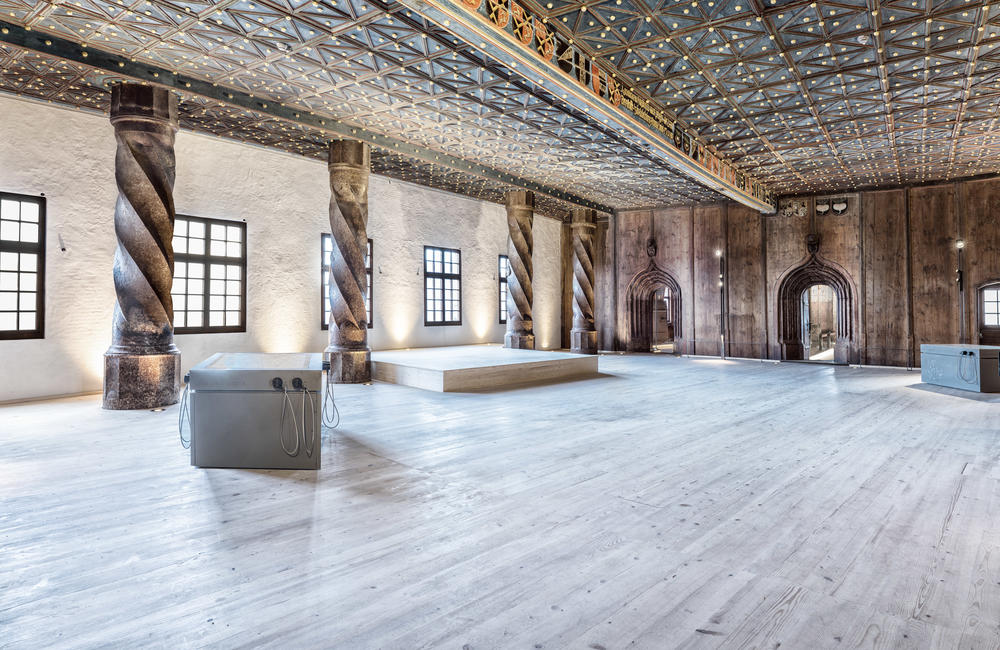
In 1931 the fortress, which was owned by Archduke Eugene of Habsburg-Teschen, was heavily damaged by a fire and largely restored before being sold to the Reichsgau of Salzburg in 1938. It was planned to make it a maximum security prison for officers allies but then the castle of Colditz was preferred; since March 1939 it served instead as Gauschulungsburg, a place of indoctrination of National Socialist groups. After the Second World War, the fortress was used as a training ground for the Austrian Federal Gendarmerie (rural police) until 1987.

Currently the castle is a museum open to the public and among its most important attractions are the rich armory, the falconry school that offers daily demonstrations and the typical medieval tavern of the fortress, one of a kind.
Hohenwerfen fortress
Address: Burgstraße 2, 5450
Phone: +43 6468 7603
Site:
https://www.salzburg-burgen.at/it/fortezza-hohenwerfen/Location inserted by
giulia